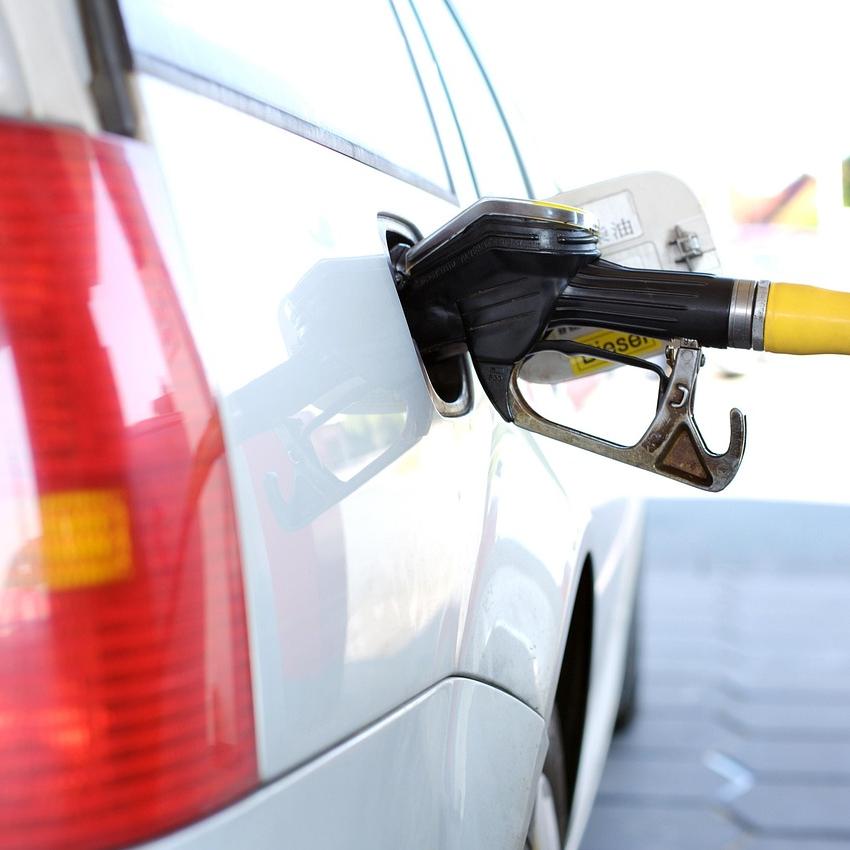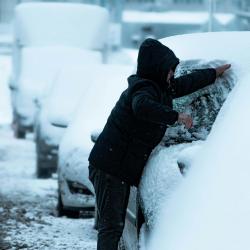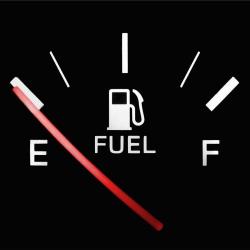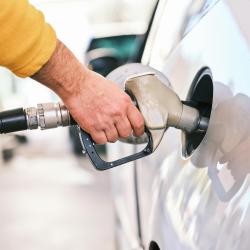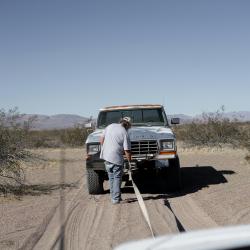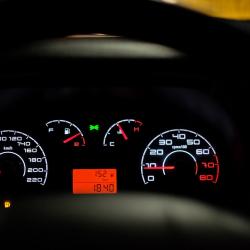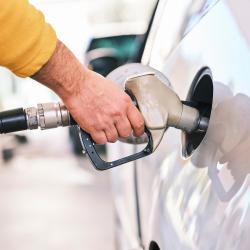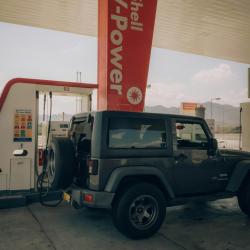The Best Practices for Winterizing Your Car to Save Fuel
As the chill of winter approaches, preparing your vehicle for the colder months becomes a priority. Not only is winterizing your car essential for safety and performance, but it can also have significant benefits for fuel efficiency. With proper preparation, you can navigate icy roads and freezing temperatures without burning a hole in your pocket. Here are some best practices for winterizing your car to save fuel this season.
1. Check Tire Pressure and Tread
Cold weather can cause tire pressure to drop, which increases rolling resistance and reduces fuel efficiency. Regularly checking your tire pressure and ensuring it matches the manufacturer's recommended levels can help maintain optimal fuel economy. Additionally, inspect your tire tread. Worn-out treads can lead to poor traction on snowy roads, requiring more energy to move the car and thus consuming more fuel.
2. Switch to Winter Tires
While all-season tires are designed for a variety of conditions, winter tires offer superior grip on snow and ice, reducing slippage and improving fuel efficiency. The specialized rubber compounds and tread patterns of winter tires enhance traction, allowing your engine to work less to maintain momentum.
3. Use the Right Oil
Using the correct oil viscosity for winter conditions is crucial. Thicker oils can increase friction in the engine, requiring more fuel to keep the engine running smoothly. Check your owner's manual for the manufacturer's recommended oil type for winter. Often, a lower viscosity oil is suggested for colder climates to ensure better lubrication and efficiency.
4. Maintain Your Battery
Cold temperatures can drastically impact battery performance, making it harder for your car to start and affecting fuel efficiency. Have your battery tested before the winter hits and ensure it’s in good condition. Clean any corrosion from the terminals and make sure the connections are tight. A well-maintained battery reduces the load on your car’s alternator, which can improve fuel economy.
5. Optimize Your Warm-Up Routine
Many drivers let their cars idle for long periods to warm up the engine. However, modern vehicles do not require extensive idling. Instead, start your car and let it idle for no more than 30 seconds. Driving gently after starting allows the engine to warm up faster, which is more fuel-efficient than prolonged idling.
6. Reduce Unnecessary Weight
During winter, many drivers load their vehicles with additional gear such as snow chains, shovels, and emergency kits. While some items are necessary, be mindful of excess weight. Removing unnecessary items can improve fuel economy as lighter vehicles require less energy to move.
7. Improve Aerodynamics
Winter often brings roof racks and carriers into play for skis and snowboards. While convenient, these accessories can increase wind resistance and decrease fuel efficiency. If they are not in use, consider removing them to maintain better aerodynamics.
8. Check Your HVAC System
A well-functioning heating, ventilation, and air conditioning (HVAC) system can enhance fuel efficiency. If your system is working harder than necessary due to clogged filters or other issues, it can increase fuel consumption. Ensure your HVAC system is serviced and any filters are replaced as needed.
9. Plan Efficient Routes
Traffic congestion and longer routes can increase fuel usage. Use navigation apps to plan the most efficient routes to your destination, avoiding traffic jams and road closures. This not only saves fuel but also reduces wear and tear on your vehicle.
10. Regular Maintenance
Regular vehicle maintenance is critical, especially in winter. Routine checks of your engine, brakes, and transmission can prevent minor issues from becoming major problems, which can impact fuel efficiency. A well-maintained vehicle performs more efficiently, ultimately saving you fuel.
By incorporating these best practices for winterizing your vehicle, you can ensure not only a safer driving experience but also a more economical one. As the temperatures drop, keep these tips in mind to save fuel and keep your car running smoothly throughout the winter months.
